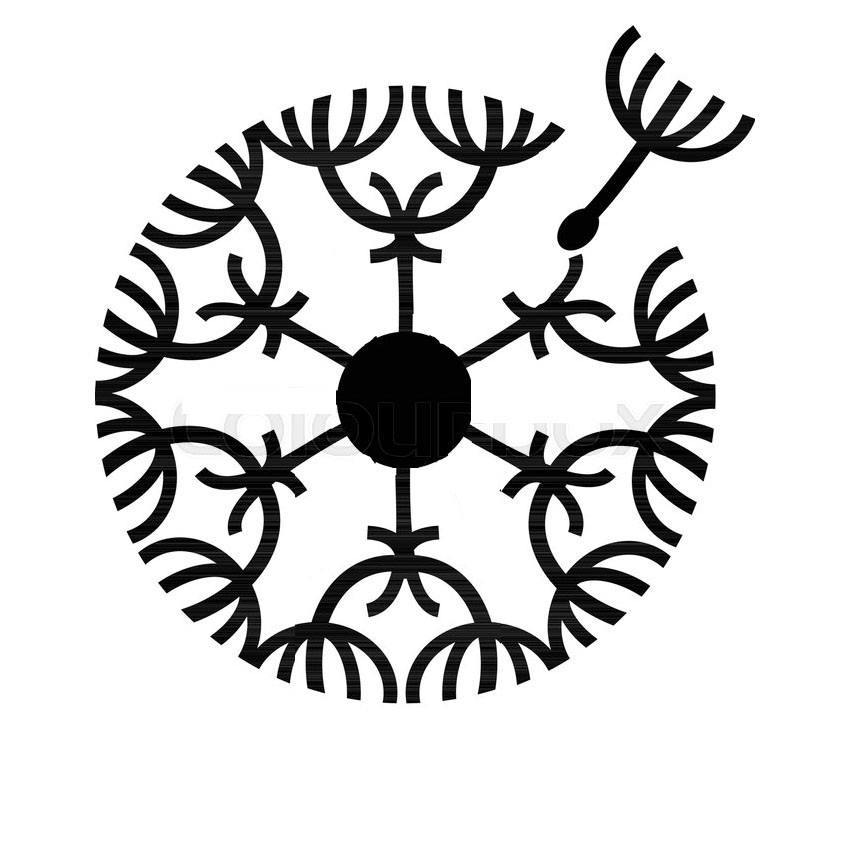Let’s walk through a hypothetical transformation of an organization from a traditional board of directors structure to a dynamic fractal organization.
1. Initiating the Transformation:
- Individual Initiative:
- A passionate member, let’s call her Alice, identifies the need for a more inclusive and participatory decision-making process within the organization.
- Alice starts by calling for a meeting or gathering of interested members to discuss the idea of implementing a dynamic fractal structure.
2. Formation of Initial Circles:
- Local Circle Formation:
- During the meeting, participants express interest in the concept, and local circles are formed, each consisting of around six to eight members.
- Each local circle discusses the future of the organization and compiles a summary of their ideas.
3. Selecting Representatives:
- Trustee Selection:
- Local circles democratically select a representative or trustee to join a higher-level circle. Let’s say six local trustees are chosen.
4. Creation of Higher-Level Circles:
- Connecting Local Circles:
- The six local trustees form a new circle, collectively summarizing the ideas from their respective local circles.
- This process repeats, creating a hierarchy of circles where representatives from each level join to form a higher-level circle.
5. Discussion and Decision-Making:
- Idea Exchange:
- In each circle, discussions take place regarding the organization’s goals, actions, and projects.
- Trustees have the opportunity to access members from their local circles for follow-up questions, ensuring clarity and depth in the proposed ideas.
6. Voting and Consensus Building:
- Democratic Voting:
- Each circle engages in a democratic voting process to decide on proposals.
- The process emphasizes consensus-building, allowing members to express their opinions and concerns.
7. Information Flow:
- Summary Sharing:
- After each circle meeting, a new summary is created, and a representative is chosen to join the next higher-level circle.
- This ensures that information flows seamlessly through the fractal structure, creating a network of interconnected circles.
8. Scaling Up:
- Adding More Circles:
- As the organization grows, new members can initiate local circles, and the process repeats, maintaining an optimal group size.
- The fractal structure is scalable, allowing the organization to expand without losing the benefits of small, efficient circles.
9. Project Deployment:
- Delegating Tasks:
- Once decisions are made, tasks are broken down into smaller parts and delegated down the layers.
- Trustees oversee task delegation within their circles, ensuring progress and accountability.
10. Maintaining Sovereignty:
- Individual Autonomy:
- Members maintain their sovereignty by choosing to participate and support decisions made at higher levels.
- Circles also have the autonomy to act independently if collaboration with other circles is not desired.
11. Corruption Resistance:
- Regular Restructuring:
- The dynamic design of the fractal structure prevents centralization of power.
- Regular restructuring ensures that influential individuals do not consolidate power over time.
12. Adapting to New Projects:
- Flexible Structure:
- When a new project or issue arises, the fractal structure takes a new shape, allowing for specialized working groups to form.
- The organization remains adaptable and resistant to corruption.
13. Feedback and Improvement:
- Continuous Improvement:
- Members regularly provide feedback, enabling the organization to adapt and improve the fractal structure over time.
- This iterative process ensures the ongoing effectiveness of the dynamic fractal organization.
Through this transformation, the organization evolves from a traditional board of directors model into a dynamic fractal organization, promoting inclusivity, transparency, and effective decision-making at all levels.




Comentários estão fechados.